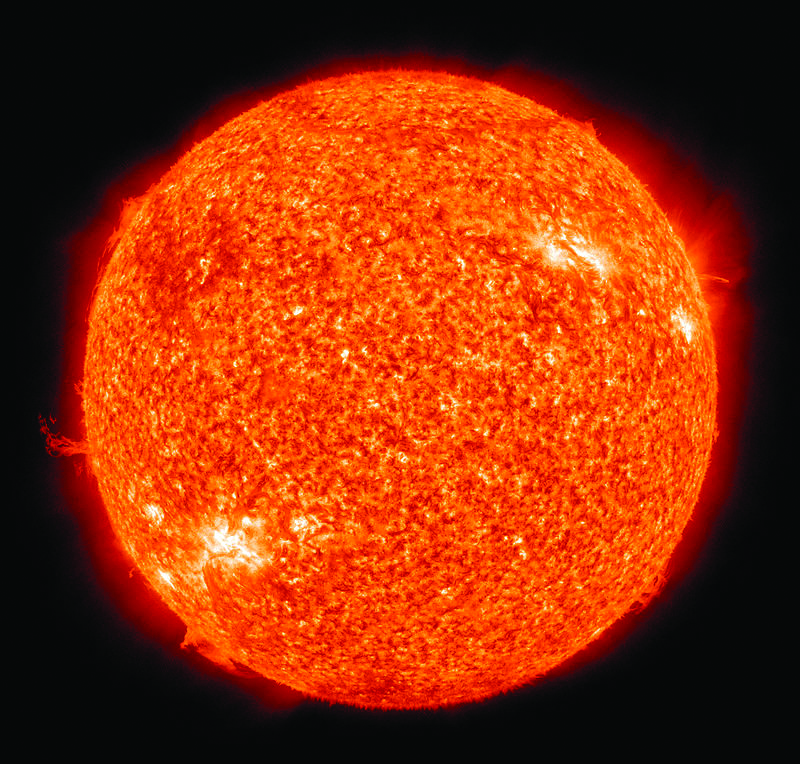The surface of the Sun is hot, but its corona is hotter
Sam Van Kooten, a former Calvin undergraduate in the physics and astronomy department, discussed his journey to study the corona of the Sun. Van Kooten did his research at the University of Colorado where he was admitted after his undergraduate from Calvin in 2014.
On November 27, 2018, Van Kooten shared his journey of discovery of the mystery of why the corona (the atmosphere around the sun) is hotter than the surface of the sun itself.
The sun’s corona is dim due to its small density—it is 10 million times less dense compared to the sun’s surface—but it is a million degrees hotter compared to the sun’s surface, which is only 10,000°F (6000 °C).
Van Kooten did computer-based simulation research at the university of Colorado to explore a big question in solar physics: how the corona can be heated to a million degrees by the relatively cool solar surface, a phenomenon which he compared to boiling a pot of water without turning on the stove.
Van Kooten affirms that flux tubes, tubes held together magnetically, can account for this phenomenon. These flux tubes have two sides, one facing the sun and the other entering into its corona. The sun is surrounded by magnetic waves, and as the bottom of these flux tubes are heated by sun’s motion, they shake back and forth, causing magnetic movements. These magnetic waves travel up the tube and shake the gases surrounding the corona thus heating it up.
These are many of the possible explanations of this mystery, and astronomers at NASA believe there might be other possible contributions to the corona’s extreme temperatures.
Van Kooten also shared with Calvin physics and astronomy students that his research was looking at the bases of these tubes shaken around (flux tubes) by using computer simulations of the sun because he can look more closely and in more detail than the telescopes can. Van Kooten said that his goal is to make a prediction for what will be seen by DKIST, an upcoming solar telescope that will produce clear and close images to the surface of the sun.
Then Van Kooten will compare his predictions to see if they accounted for the corona’s hot surface. For further information, the link below shows a detailed explanation of Van Kooten’s research at the university of Colorado.











